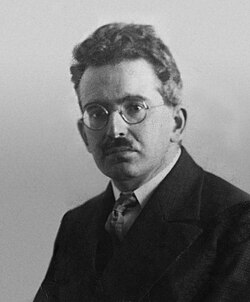The Work of Art in the Age of Mechanical Reproduction
But the amazing growth of our techniques, the adaptability and precision they have attained, the ideas and habits they are creating, make it a certainty that profound changes are impending in the ancient craft of the Beautiful.
In all the arts there is a physical component which can no longer be considered or treated as it used to be, which cannot remain unaffected by our modern knowledge and power.
In that way, the aura – the unique aesthetic authority of a work of art – is absent from the mechanically produced copy.
[8] Miklos Legrady takes issue with Benjamin’s comment “that which withers in the age of mechanical reproduction is the aura of the work of art”, pointing out that books are made by mechanical reproduction, yet images, and literature retain their aura as much as any individual and unique work of art.
"[10] The cult value of religious art is in the fact that "certain statues of gods are accessible only to the priest in the cella; certain madonnas remain covered nearly all year round; certain sculptures on medieval cathedrals are invisible to the spectator on ground level.
"[10] In emphasising exhibition value, "the work of art becomes a creation with entirely new functions," which "later may be recognized as incidental" to the original purpose for which the artist created the objet d'art.
In the late-twentieth-century television program Ways of Seeing (1972), John Berger proceeded from and developed the themes of Benjamin's essay to explain the contemporary representations of social class and racial caste inherent to the politics and production of art.
[14][15][16][17] Ideas initially presented in this article also inform Marshall McLuhan's famous slogan or conception that "the medium is the message".
